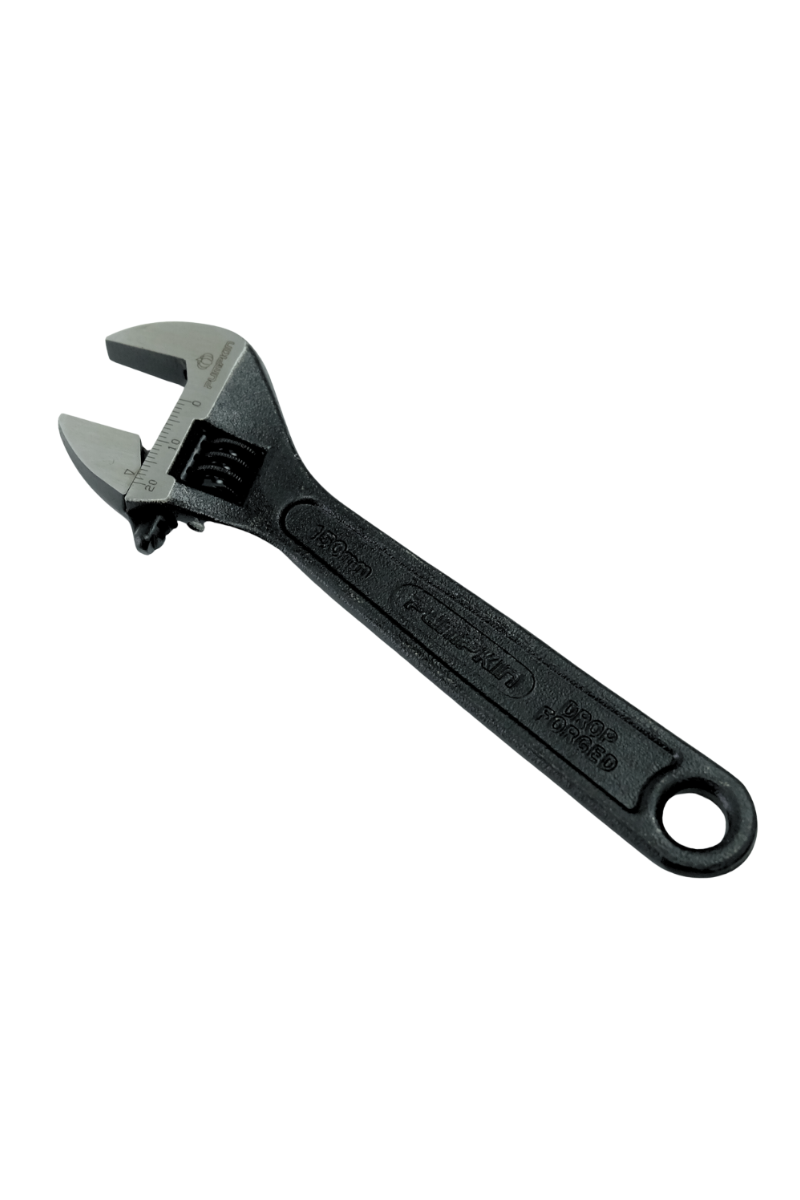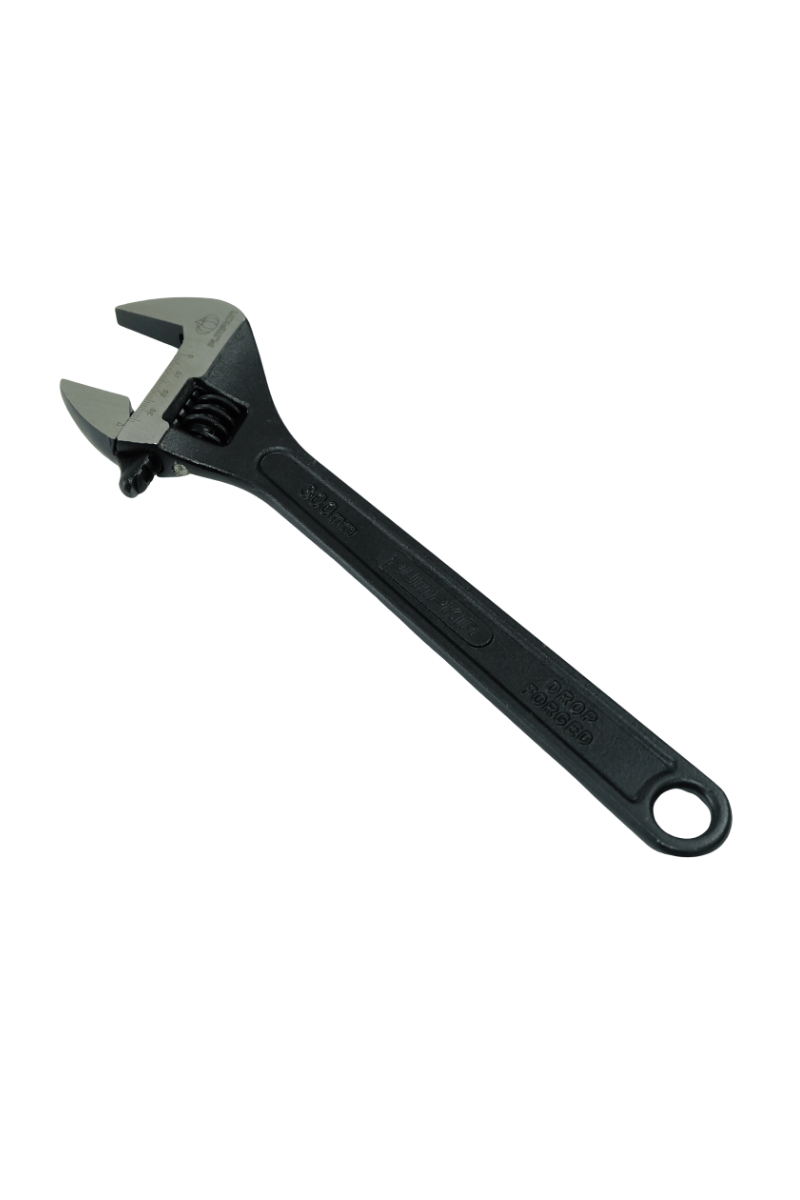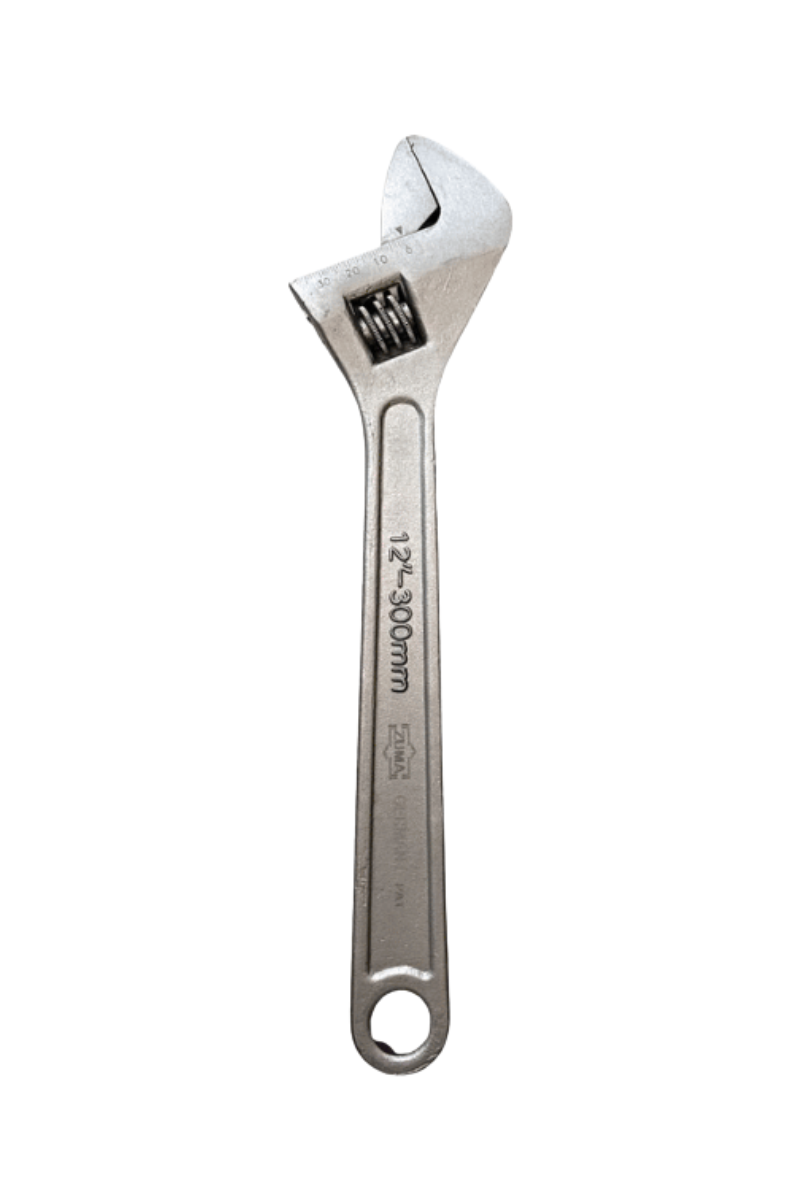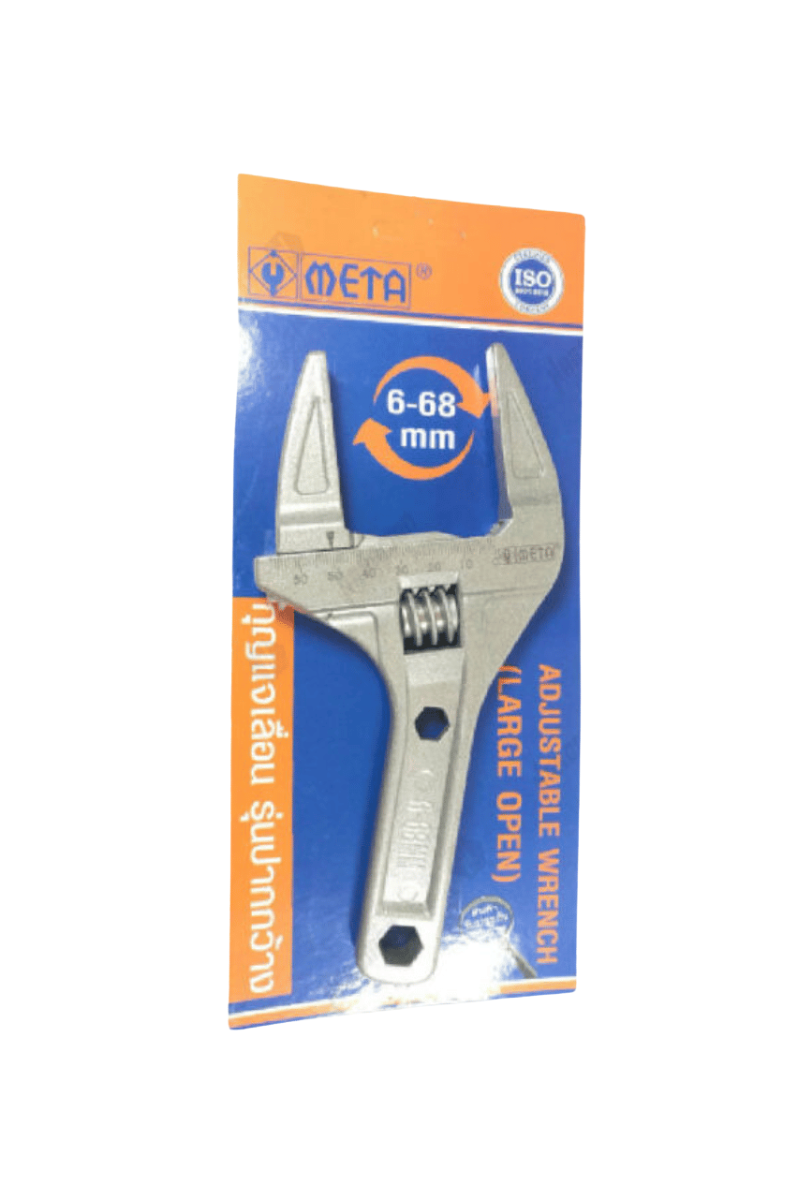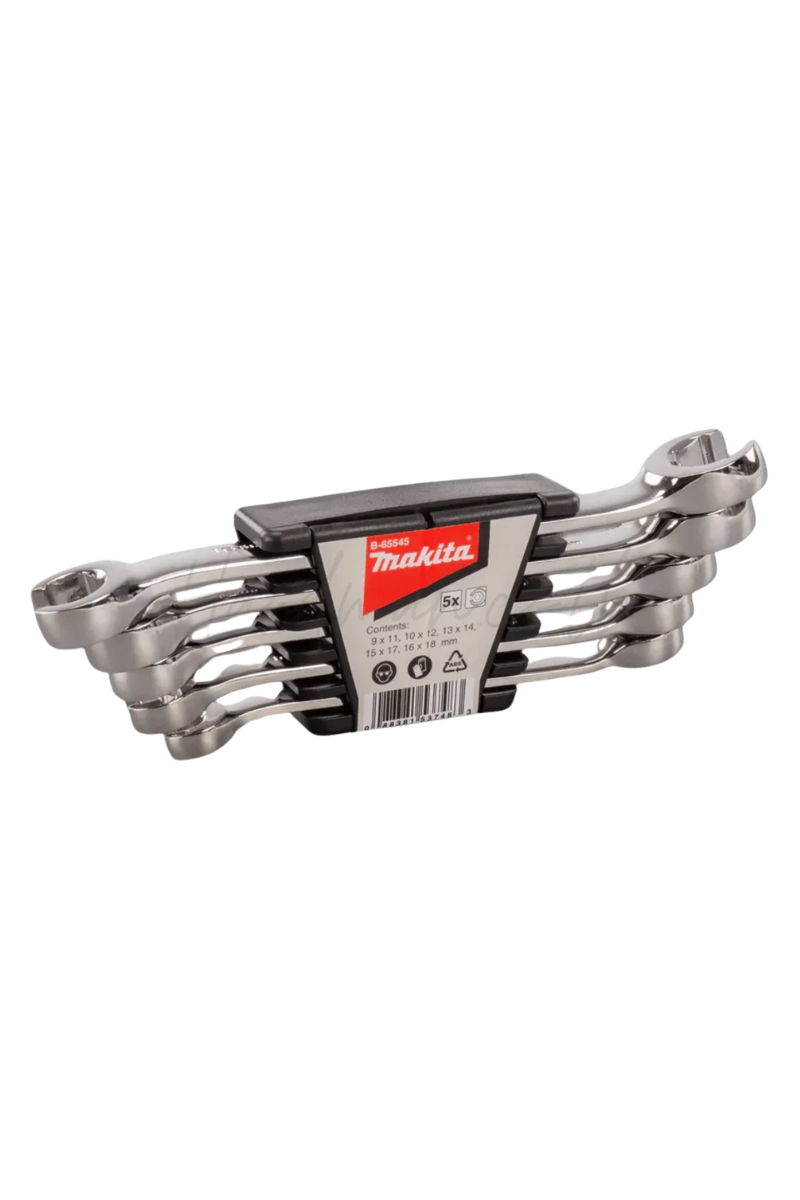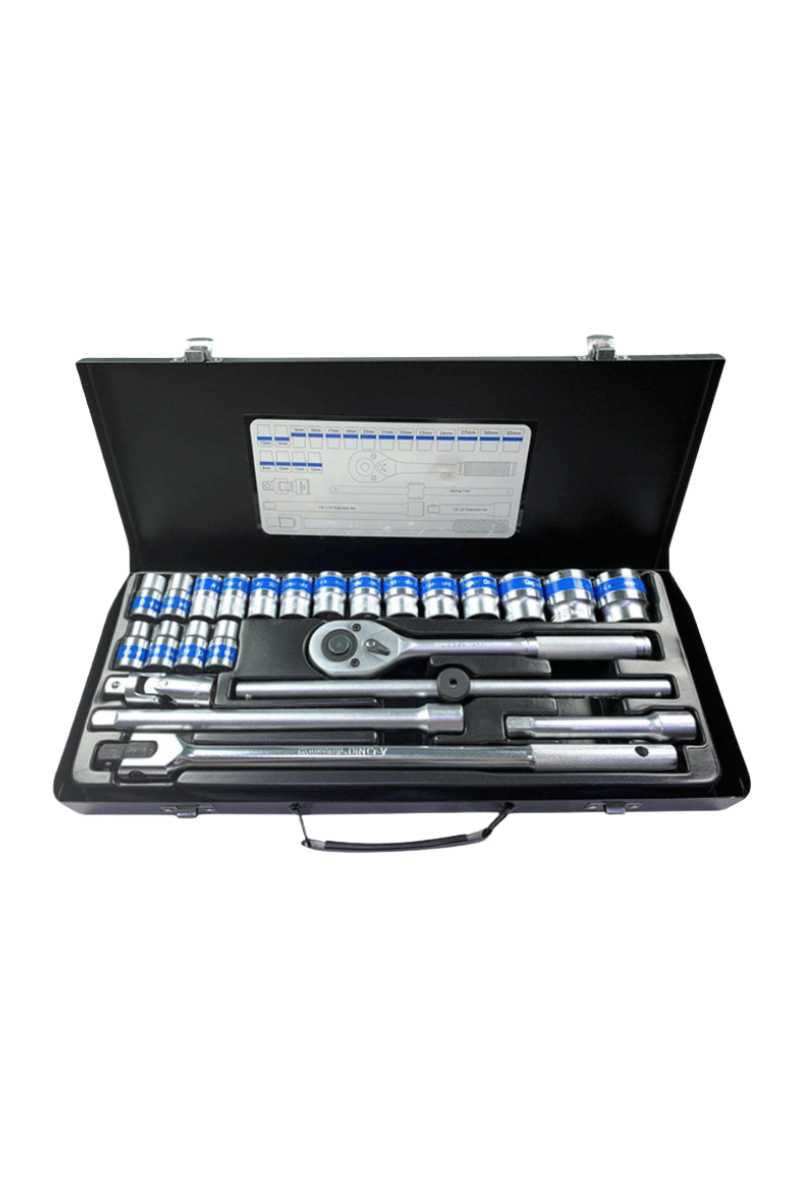Wrenches: Small Tools That Make Big Jobs Easier
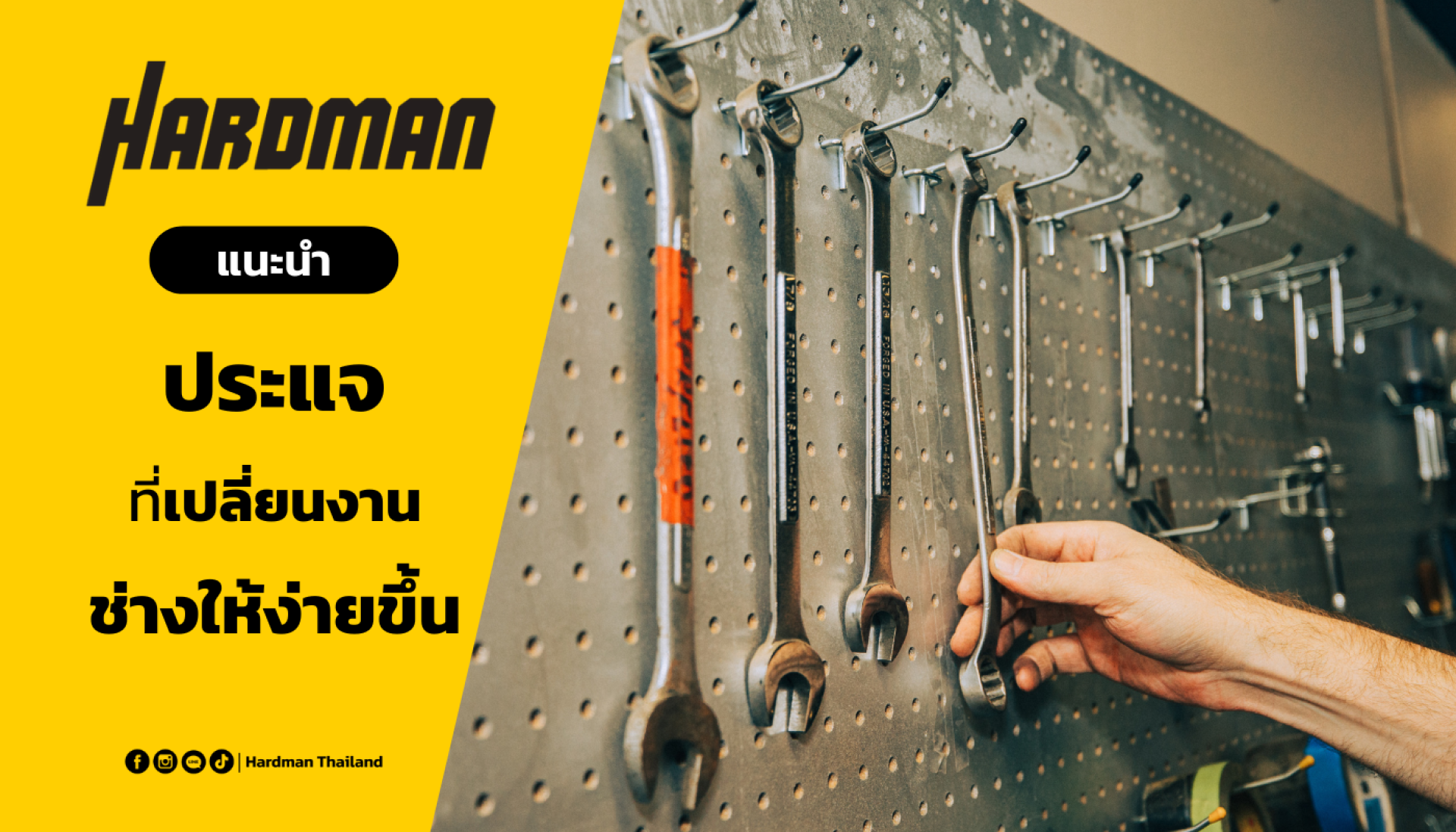
In the world of craftsmanship, one of the seemingly simplest tools, yet one that plays an immensely crucial role, is the "wrench." Many might overlook it, thinking it's only for tightening or loosening nuts. But did you know that a wrench isn't just easy to use? It's a tool that can genuinely "make your work easier than you ever imagined."
A wrench acts as the intermediary connecting the tradesperson to the equipment, whether it's car repair, furniture assembly, plumbing installation, or large machinery work. Choosing the right wrench not only speeds up the job but also reduces errors, saves effort, and extends the lifespan of nuts or workpieces.
What's fascinating is that "there are more types of wrenches than many people realize." From adjustable wrenches, open-end wrenches, double open-end wrenches, box-end wrenches, and pipe wrenches, to specialized multi-purpose wrenches designed for specific tasks like working under a sink or in confined spaces, each type has a distinct design, unique strengths, and clear purpose.
Versatile vs. Specialized Wrenches
Wrenches aren't one-size-fits-all. Before you grab a wrench, you should understand the different types of wrenches available. Choosing the correct wrench for the specific task directly impacts the quality of your work. So, it's essential to select carefully before deciding which one to use.
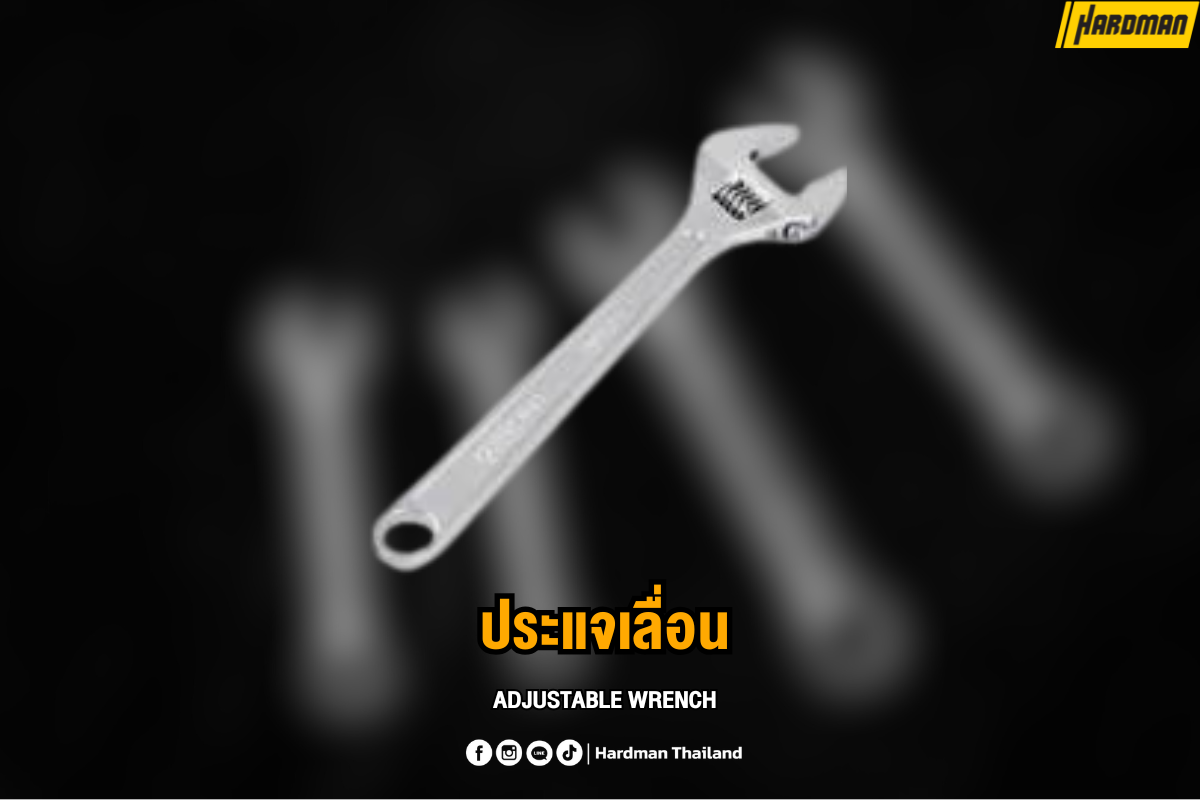
1.Adjustable Wrench
The key feature of this type of wrench is its adjustable jaw opening, allowing it to fit various nut sizes with just one tool. It has a threaded worm gear on the tool for easy adjustment, making it convenient since you don't need to carry multiple wrenches. It's suitable for general tasks or jobs that require you to move between different worksites.
Pros:
- Works with many nut sizes
- Saves space; no need for multiple wrenches
- Great for versatile tradespeople or beginners
- If the jaw isn't tightened properly, the nut head can get damaged
- Not suitable for tasks requiring high precision
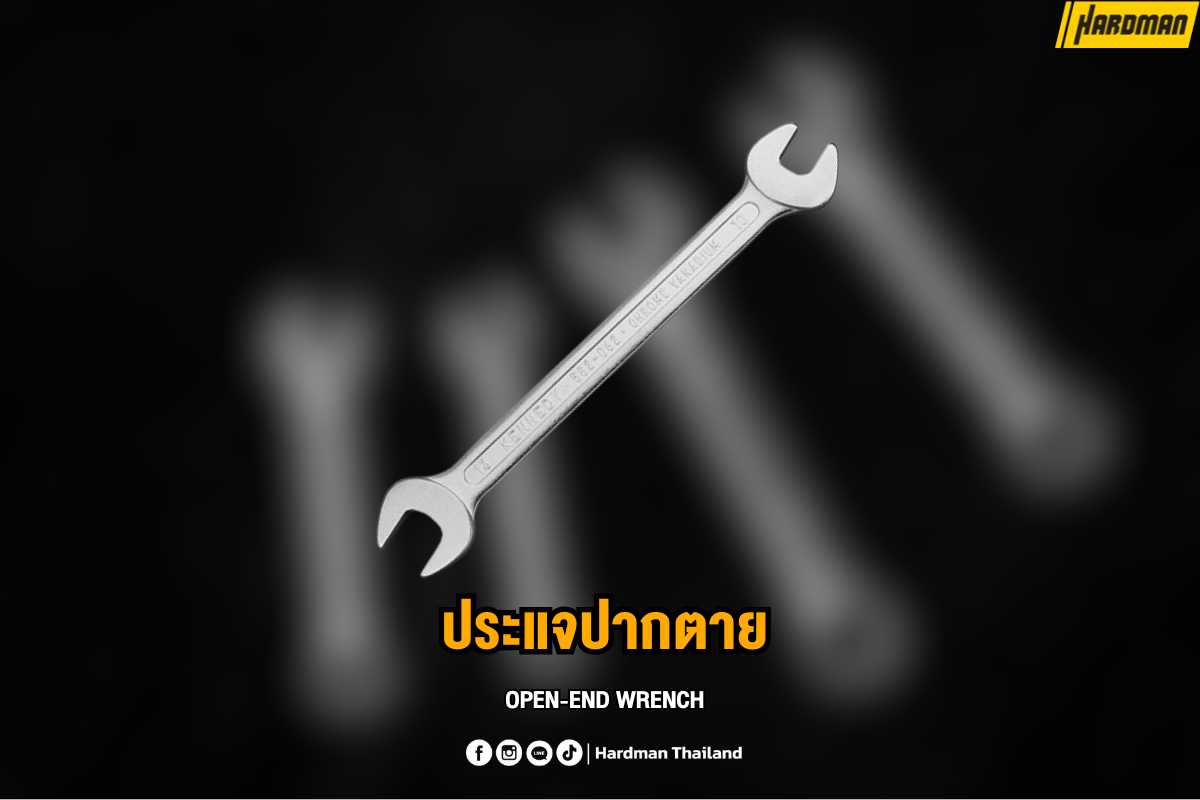
2. Open-End Wrench
This type of wrench has open jaws on both ends, with each end featuring a different size. It's used for nuts or bolts that are easily accessible, offering high speed in use as no adjustment is needed. It's suitable for tasks requiring continuous rotation, such as furniture assembly, steel structures, or general construction work.
Pros:
- Fast rotation
- Easy to use; no setup required
- Lightweight and portable
- Can only be used for specified sizes
- May slip off the nut easily if not precisely fitted
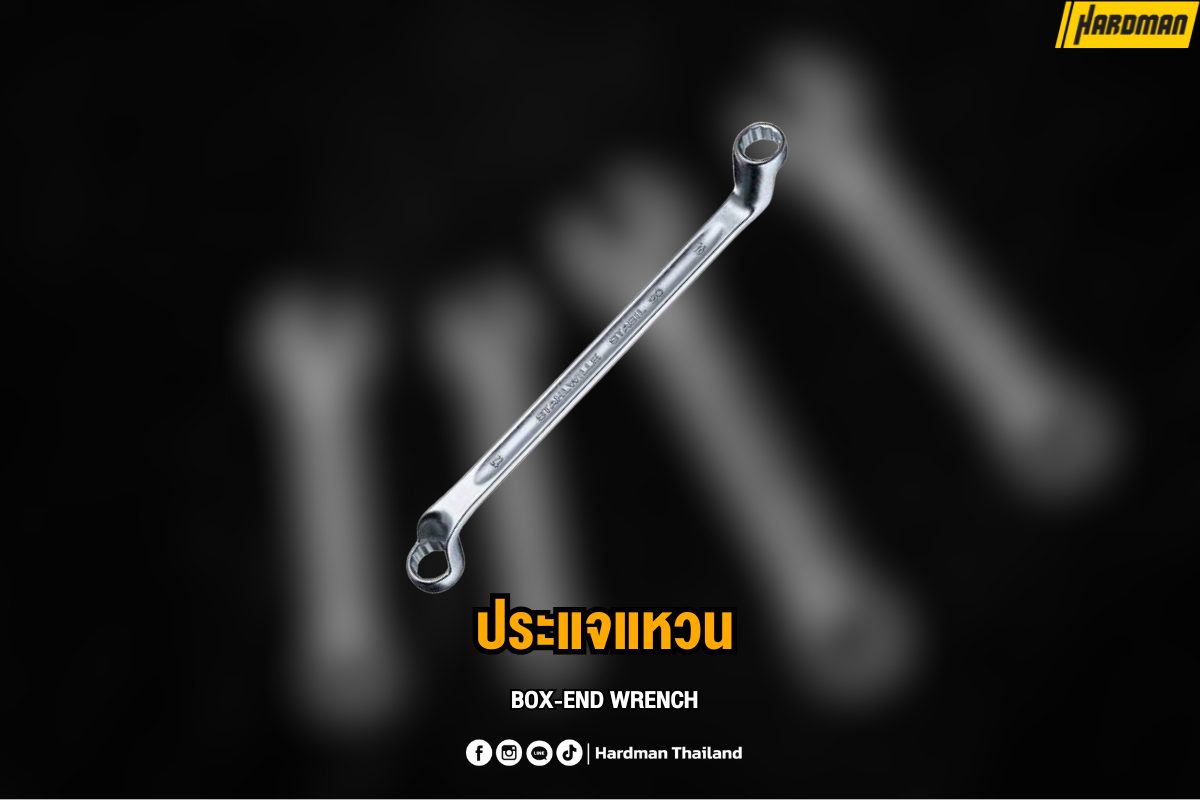
3. Box-End Wrench
This type of wrench features a closed-loop design that completely encloses the nut head. This provides a much firmer grip and allows for greater force application than an open-end wrench. It's ideal for tasks requiring high torque, such as engine work, assembling large structures, or at points that don't require frequent removal and re-installation.
Pros:
- Secure grip on nuts, reducing the chance of stripping the nut head.
- Ideal for tasks requiring precision.
- Safer than open-end wrenches.
Cons:
- Can only be used for specific sizes.
- Requires enough space to fully enclose the nut head.
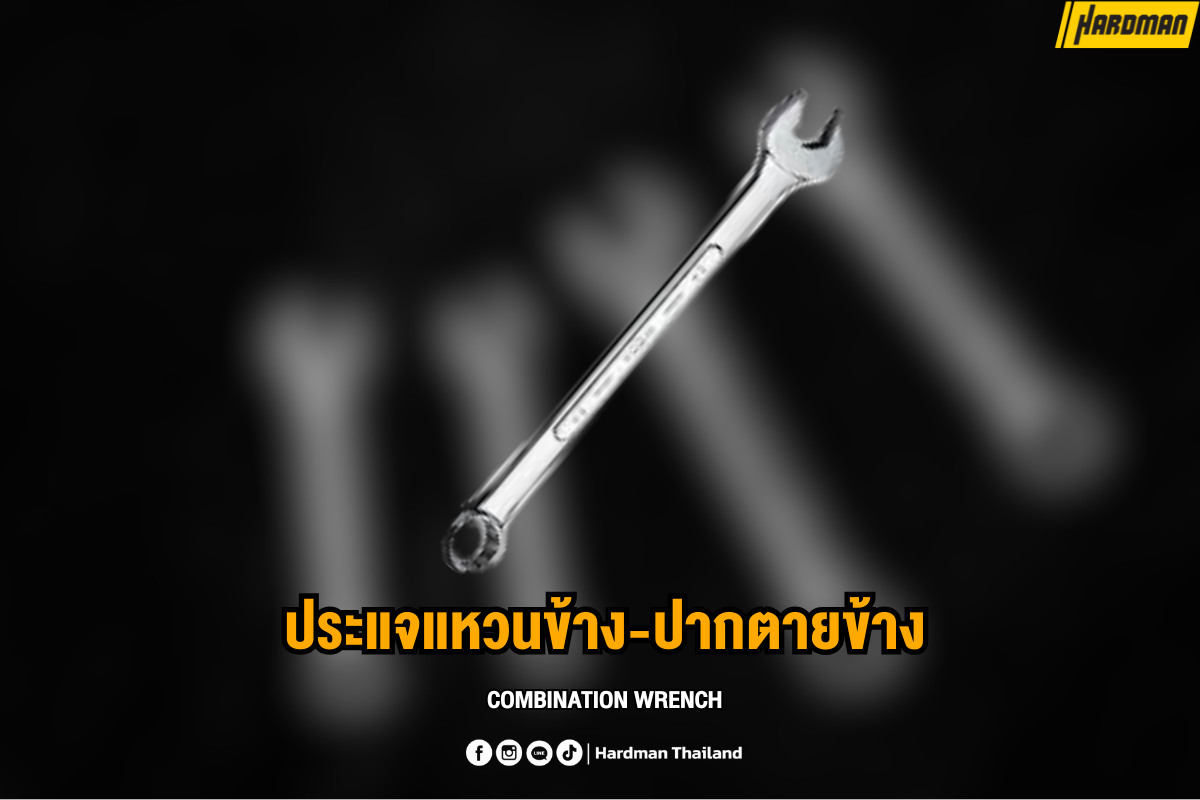
4. Combination Wrench
This is a wrench that combines the advantages of both the open-end and box-end wrenches in a single tool. One end is an open-end, and the other is a box-end. It's ideal for tasks where you need to switch between both types, offering flexibility in use and reducing the number of tools you need to carry.Pros:
- Two types of wrenches in one tool
- Can switch uses depending on the job site situation
- Saves space in your toolbox
- Can only be used with nut sizes that match the wrench
- If used incorrectly or at an angle, it can strip or deform the nut head
- The closed box-end might not reach in some obstructed angles
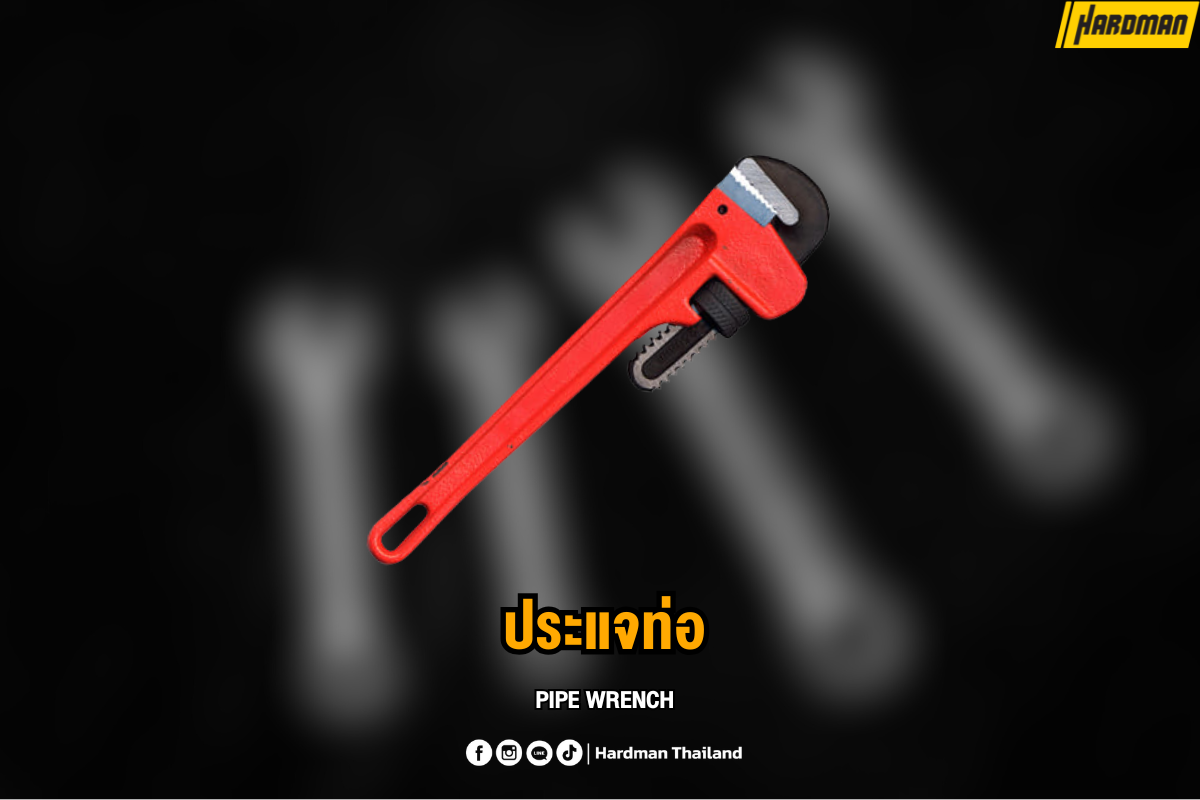
5. Pipe Wrench
Designed specifically for plumbing work or pipe tightening, this wrench features strong gripping teeth and an adjustable jaw. It's used for cylindrical objects like steel pipes and PVC pipes, which cannot be handled by general wrenches.
Pros:
- Secure grip even on uneven surfaces.
- Adjustable jaw like an adjustable wrench.
- Ideal for water system repair.
Cons:
- The wrench's teeth might damage the pipe's surface if used incorrectly.
- Should not be used on hexagonal nuts or general square-shaped workpieces.
- The jaw must be tightened securely before every use.
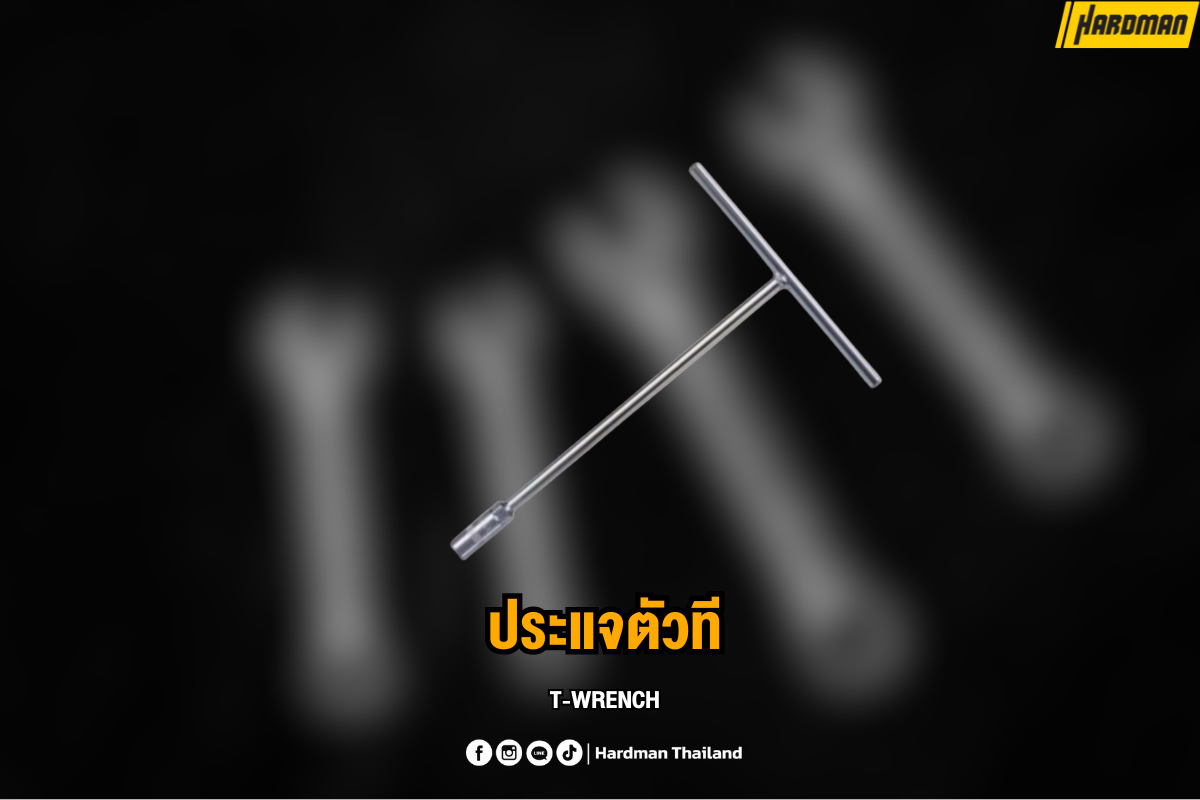
6. T-Wrench / T-Handle Wrench
This wrench features a T-shaped design and is used for tasks requiring fast rotation or work in deep areas, such as within engines or structures with long channels. It allows for quick turning and excellent force control.
Pros:
- Continuous rotation
- Easy to apply force and precise directional control
- Convenient to use in confined or deep spaces
Cons:
- Applying too much torque can break the nut or screw.
- Not suitable for tight spaces or blind spots where the T-handle cannot rotate fully.
- The head size must perfectly fit the nut or screw head; otherwise, it may slip or strip the head.
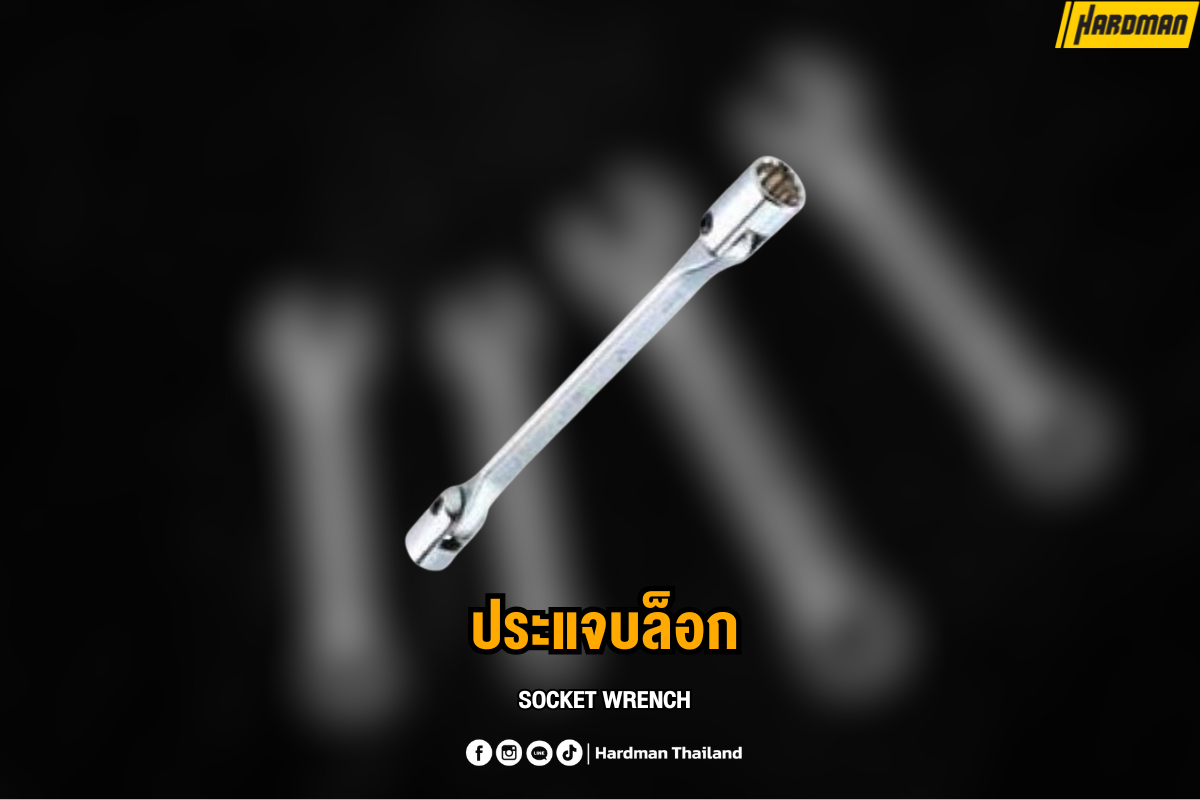
7. Socket Wrench
This is a wrench used with sockets, which can be changed to fit different nut sizes. It typically features a rotating handle or a drive shaft with a "ratchet" mechanism, allowing for fast operation without having to lift your hand after each turn.
Pros:
- Fast rotation, speeding up work, especially in tight spaces.
- Requires less force than other types of wrenches.
- Socket sizes can be changed within a single set, saving space.
Cons:
- Must be used with a socket size that precisely matches the nut head.
- If internal components are cracked or loose, it will affect the torque accuracy.
- Do not hit or strike it, as this can damage the ratchet mechanism.

8. Torque Wrench
This is a wrench designed for precise torque control. You can set the desired torque value (in pounds/Newton-meters) before use. It's ideal for tasks that require tightening to "just the right tightness," such as engine assembly or installations with specific torque standards.
Pros:
- Tightens nuts to the perfect torque, preventing looseness or overtightening.
- Prevents damage to the workpiece.
- Ideal for professional technical and engineering work.
Cons:
- Should not be used as a general wrench or for loosening nuts.
- Must be reset to zero after use and calibrated periodically.
- More expensive than general wrenches.
Safe Wrench Usage Techniques
- Using a wrench correctly and carefully is crucial for preventing injuries and maintaining the quality of your workpieces.
- Maintain a firm grip on the wrench handle and apply force in the appropriate direction. It's safer to pull the wrench towards you rather than pushing it away, as this increases control and prevents slipping.
- Verify the wrench size matches the nut head before starting to work. This prevents the wrench from slipping and damaging the nut.
- Avoid overtightening nuts, especially on fragile or weak materials, to prevent the workpiece from breaking or bending.
- Use a torque wrench for tasks requiring precise torque to ensure nuts are tightened with the appropriate and safe amount of force.
- Clean and store your wrenches after every use to reduce the accumulation of rust and dirt, and to extend the lifespan of your tools.
- Wear gloves or other protective gear when using wrenches for heavy-duty tasks or in hazardous areas.
How to Choose the Right Wrench for Your Task
- For General Home or Car Use: Go for an adjustable wrench or a small set of open-end wrenches for your toolbox. They're versatile enough for most common tasks.
- For Engine Work or Detailed Jobs: Opt for box-end wrenches or T-handle wrenches. They offer a stronger grip and better leverage, perfect for applying precise force.
- For Tight Spaces, Under Sinks, or Hard-to-Reach Areas: Use a specialized multi-purpose wrench designed for confined spots. These tools are shaped to get into places standard wrenches can't.
- For Frequent Use: Invest in high-quality wrenches from reputable brands like PUMPKIN, STANLEY, or MAKITA. They guarantee durability and reliable performance over time.
- If You're Unsure: Start with a wrench set of 5-10 pieces that includes various sizes. This is usually more cost-effective and provides good coverage for different needs.
How to Maintain and Extend the Life of Your Wrenches
Wrenches are simple yet vital tools in any tradesperson's kit. Improper care can quickly degrade them, causing deformation or damaging nuts during use. Proper maintenance ensures safe operation and saves you money in the long run.
1. Clean After Every Use
- Use a cloth lightly dampened with oil, like machine oil, to wipe down the exterior surfaces. This helps prevent rust.
- For stubborn grime, you can use mineral spirits or specialized grease removers that are safe for the wrench's material. Be careful not to corrode metal parts.
- Avoid direct water rinsing and air-drying, as this can lead to rust.
2. Store in a Dry, Non-Humid Place
- Use a sealed toolbox or one with moisture control.
- Consider adding desiccant packets (Silica Gel) or wrapping individual wrenches in cloth bags.
- Avoid placing them directly on concrete floors or in unventilated rooms.
3. Lubricate Moving Parts
- For adjustable wrenches and ratchet wrenches (which have moving or rotating components), regularly apply engine oil or WD-40 to the adjusting screw or ratchet mechanism.
- This prevents stiffness and ensures smooth operation.
4. Don't Misuse or Over-Exert
- Never use an open-end wrench on extremely tight nuts; opt for a socket wrench or torque wrench instead.
- Avoid extending the wrench handle with a pipe or other leverage enhancers, as this can deform the wrench's structure.
5. Inspect Wrenches Regularly
- Check if the wrench jaws are chipped or bent.
- Verify that the jaw size still fits nuts snugly, or if it has become loose.
- Ensure that the mechanisms in adjustable or geared wrenches are functioning properly.
6. Never Use a Wrench as a Hammer
- Using a wrench to strike objects will deform its jaws or handle.
- It can cause kickback, leading to hand or wrist injuries.
- The tool might break or slip, creating a safety hazard.
7. Organize for Easy Access
- Use a wrench rack to hang and organize wrenches by size.Store them in foam cut-outs within a toolbox, custom-fit for each wrench.
- Label storage spots to make it easier to pick and return the correct wrench.
Top Product Recommendation from Quality Brands
1. PUMPKIN Black-Plated Adjustable Wrench, Models 35111 / 35112 / 35114
If you're looking for a strong, well-priced, and durable adjustable wrench for heavy-duty use, we highly recommend the PUMPKIN black-plated adjustable wrench. It's available in 6-inch, 8-inch, and 12-inch sizes.
Key Features:
- Black-plated for rust and corrosion prevention.
- The tool body is made from high-quality steel, with adjustable jaws that remain tight and don't loosen easily.
- Precise jaw adjustment for smooth, agile use.
- Suitable for plumbing systems, construction, and household tasks.
2. ZUMA 12-inch Adjustable Wrench with Scale
The key feature of this wrench model is its integrated measuring scale, allowing users to quickly gauge nut sizes on the spot. This eliminates the need to carry multiple tools, making it ideal for both novice and professional tradespeople who value efficiency.
Key Features:
- Robust wrench body with a secure grip.
- Smooth and easy jaw adjustment.
- Clear, visible measuring scale saves time.
- The 12-inch size provides a comfortable grip and supports high torque applications.
3. META Wide-Mouth Adjustable Wrench, 668 mm
For those tired of constantly switching wrenches when dealing with varying nut sizes, this model is the perfect solution. Its exceptionally "wide jaw opening" allows it to be used with nuts from small to extra-large sizes.
Key Features:
- Extra-wide jaw opening up to 68 mm, comfortably handles large nuts.
- Tool body made from hardened steel.
- Ergonomic design for a comfortable grip, with precise jaw adjustment.
- Ideal for industrial trade work or tasks involving a wide variety of nut sizes.
This 5-piece wrench set from Makita, a quality brand from Japan, features double open-end wrenches with varying sizes to cover general tasks.
Key Features:
- Made from high-quality steel, ensuring strength and resistance to bending.
- Standard sizes, suitable for engine work, electrical appliances, and general assembly.
- Comes in attractive packaging that's easy for storage.
- Ideal for both professional tradespeople and general users looking to start a collection of good tools.
5. STANLEY Single-Handle Pipe Wrench, Model 87-624
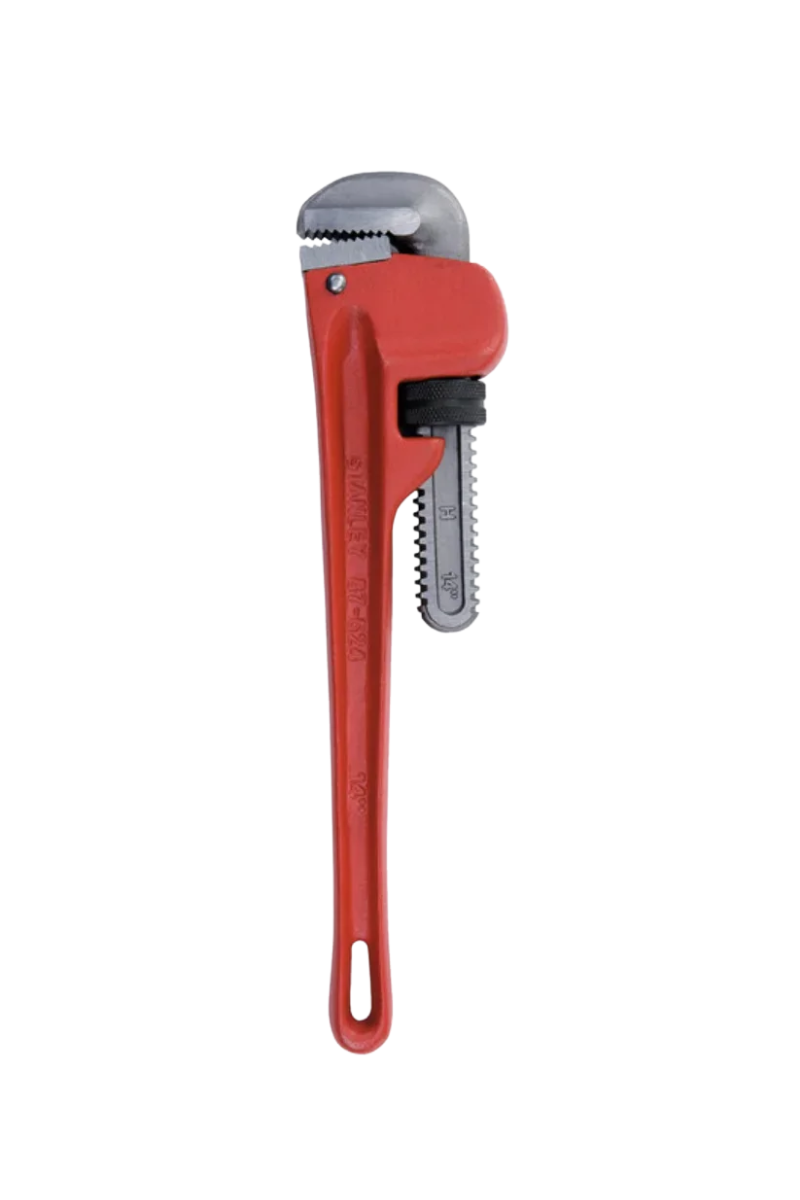 |
This single-handle pipe wrench is designed for working in tight spaces or gripping pipes vertically. From Stanley, you can trust its world-class quality.
Key Features:
- Specially designed gripping teeth hold pipes securely without slipping.
- Compact size works well in confined areas.
- Strong handle resists high torque.
- Ideal for plumbers and general pipe installation work.
6. PUMPKIN 9-inch T-Handle Socket Wrench, Model 61018/PTT-N309
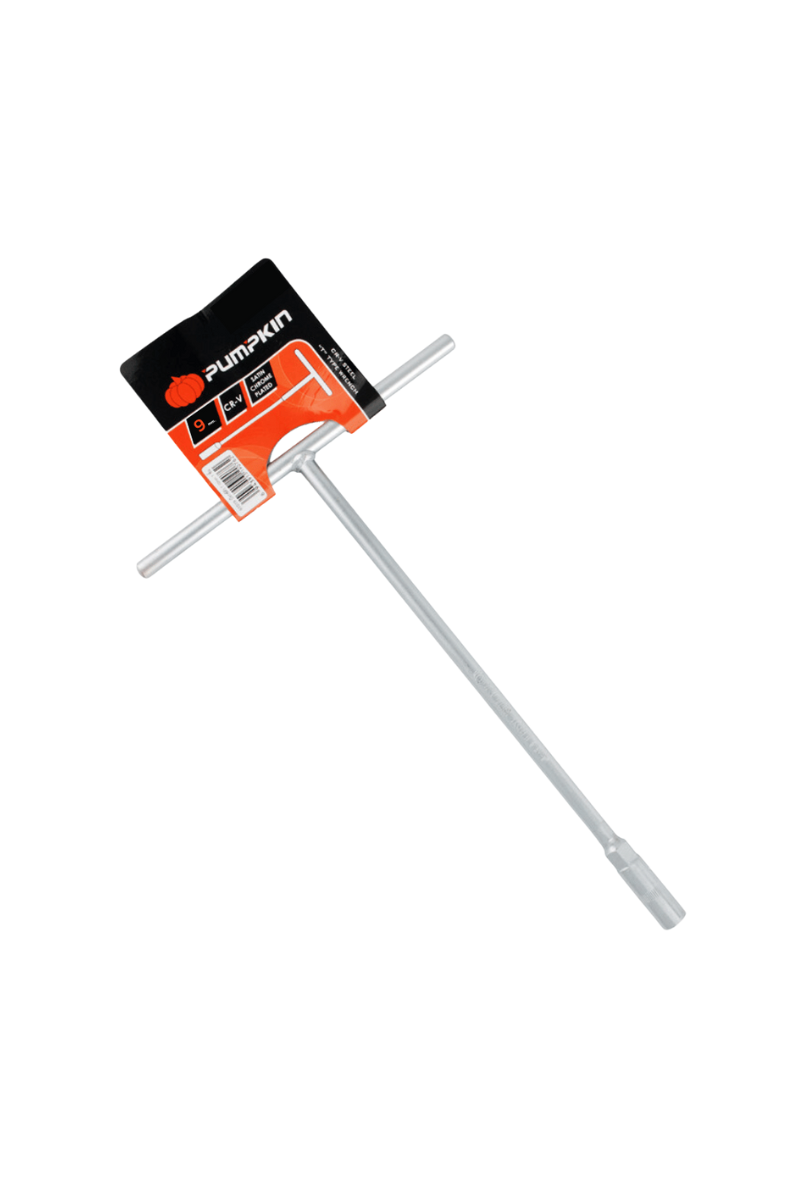 |
This T-handle wrench is designed for tasks requiring repetitive turning, such as automotive repair and furniture assembly. Its 9-inch size makes it agile and easy to use.
Key Features:
- The T-handle allows for fast rotation, reducing wrist strain.
- Compatible with various socket sizes.
- Made from durable materials for heavy-duty use.
- Lightweight and portable for convenience.
7. PUMPKIN 8-in-1 Multi-purpose Basin Wrench, Model PTT-FC8IN1 (29581)
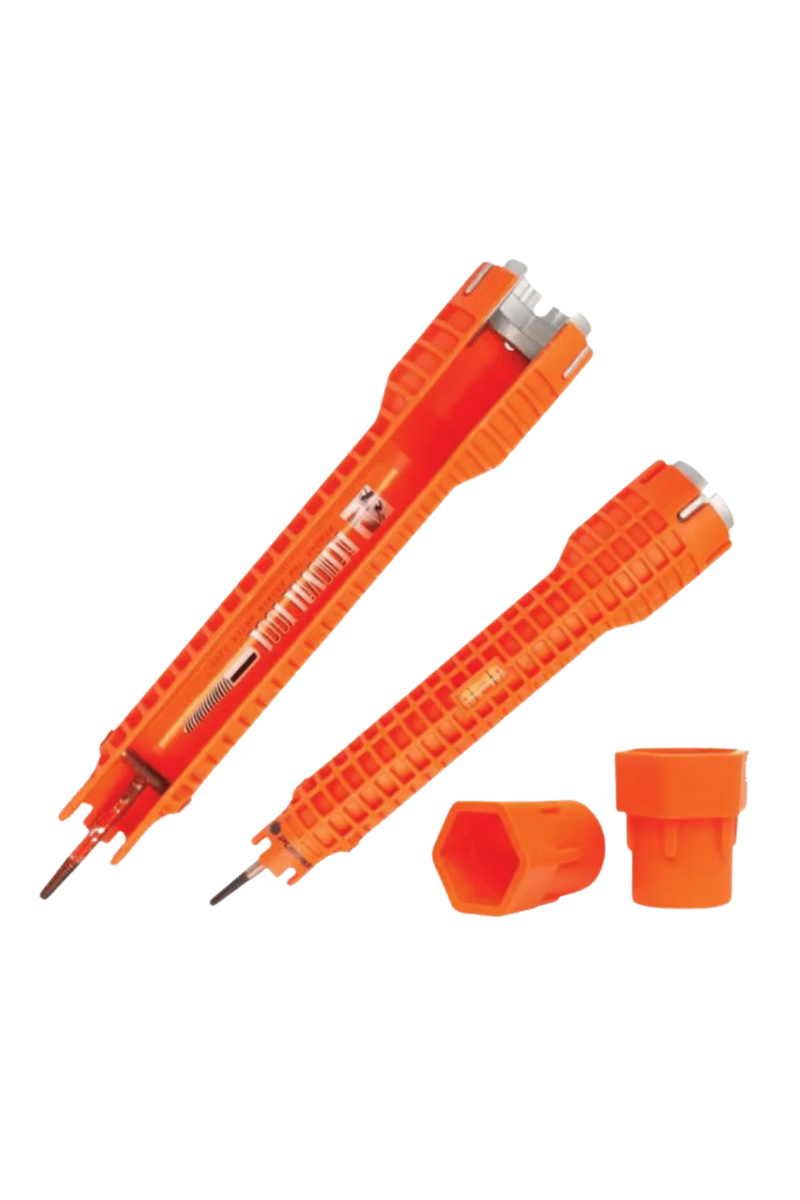 |
![]() This wrench is specially designed for extremely tight spaces such as under sinks and washbasins. It comes with 8 interchangeable heads in one tool.
This wrench is specially designed for extremely tight spaces such as under sinks and washbasins. It comes with 8 interchangeable heads in one tool.
Key Features:
- The wrench head can be changed to 8 different types.
- Features a long handle for easy access under sinks.
- Can be used with water pipe connectors, valves, and specialized nuts.
- Ideal for general maintenance technicians.
8. META Single-Handle Pipe Wrench, Model 011570
This model is designed for convenient use in confined spaces. Its single-handle design allows for easier access to narrow positions compared to two-handle versions.
Key Features:
- Lightweight and portable, making it easy to carry.
- Strong gripping teeth hold pipes securely without slipping.
- Ideal for water pipe systems and sink installation tasks.
- The tool body is made from high-quality, hardened steel to resist rust.
9. Duramax 1/4 inch Torque Wrench
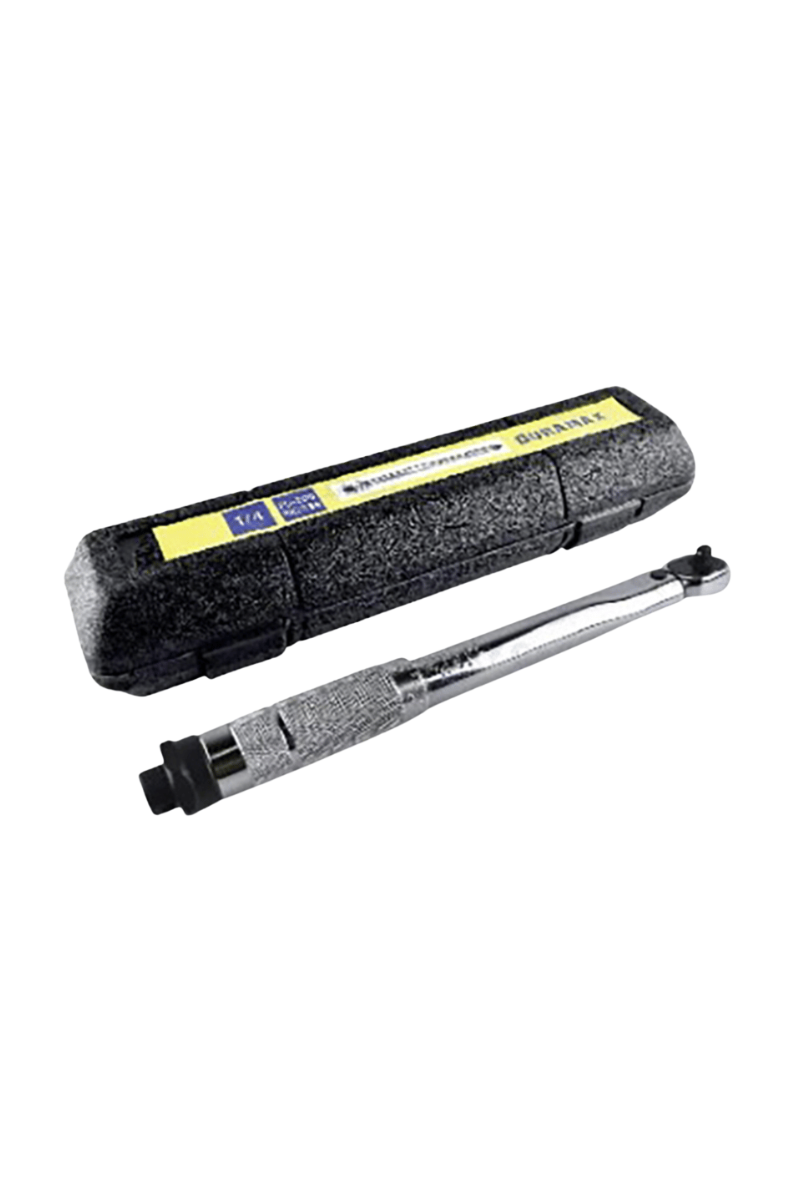 |
This Torque Wrench from Duramax, 1/4 inch model, is ideal for engine work, precision tasks, or assembly jobs that require accurate torque control.
Key Features:
- Easy torque adjustment with clear scale markings.
- Provides an audible "click" when the set torque is reached, reducing errors.
- Strong and durable construction ensures consistent accuracy.
- Suitable for both professionals and beginners who demand precision.
10. Fion 112-Piece Socket and Wrench Set, Model SPT-2569
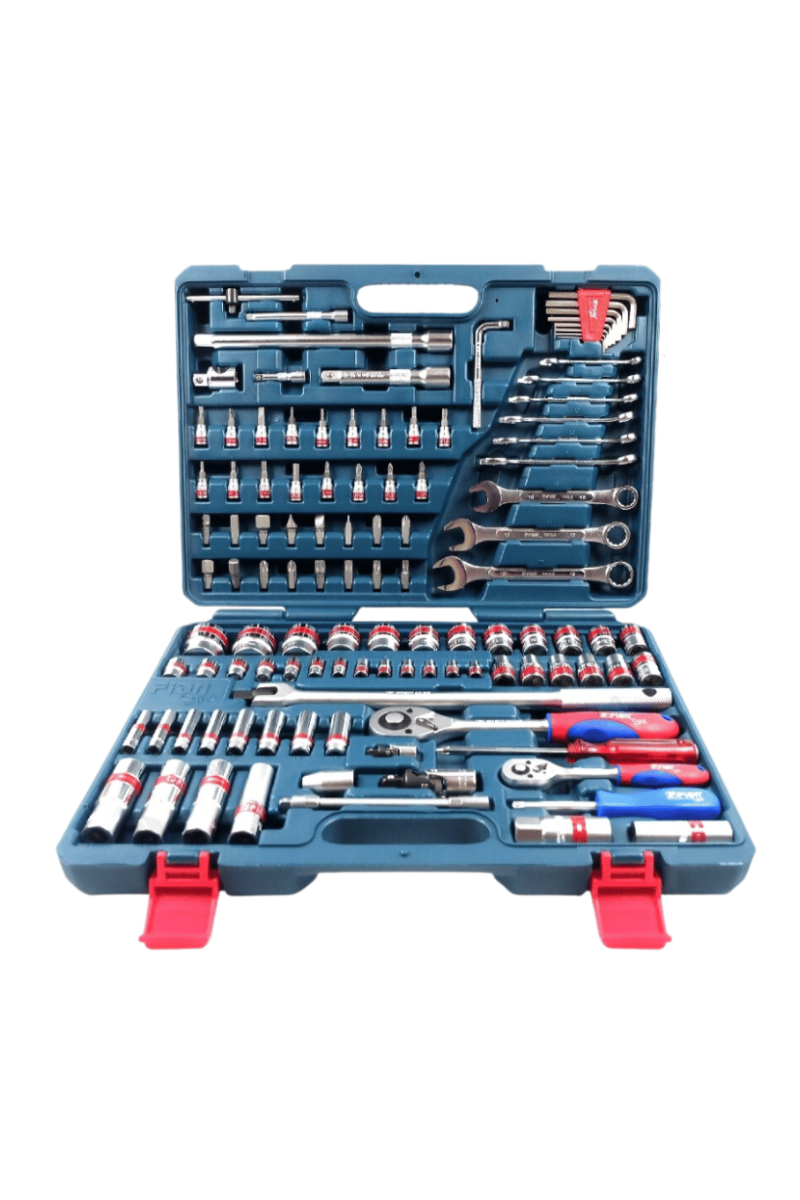 |
This large 112-piece socket set from Fion is perfect for anyone who wants a "one-box solution." It includes a wide variety of sockets, drivers, screwdriver bits, and various handles.
Key Features:
- Comprehensive set with sockets, screwdrivers, bits, extensions, and more.
- Made from Chrome Vanadium steel for strength and durability.
- Comes in a well-designed and portable storage case.
- Suitable for home use, professional work, and keeping in your car.
11. KUGEL 24-Piece Socket and Wrench Set, Model 24 pcs SOCKET
|
|
- Includes practical basic tools.
- Compact size, easy to carry.
- Ideal for general repairs.
- Made from durable materials for long-lasting use.
Summary
Even though a wrench might seem like a simple, common household tool, if you use it correctly, for the right job, and choose the appropriate type, you'll discover that this small tool can transform complexity into simplicity. Whether you're a home repair enthusiast, a plumber, a mechanic, or even a beginner just starting with DIY, understanding and correctly using wrenches will save you time, effort, and make your work surprisingly professional.
Where to Purchase or Inquire About Products
For more information or to order products, visit Hardman, your comprehensive tool center, at Rama 3. Alternatively, you can send a message to their Facebook page inbox. Their team is ready to respond quickly and offers nationwide delivery
